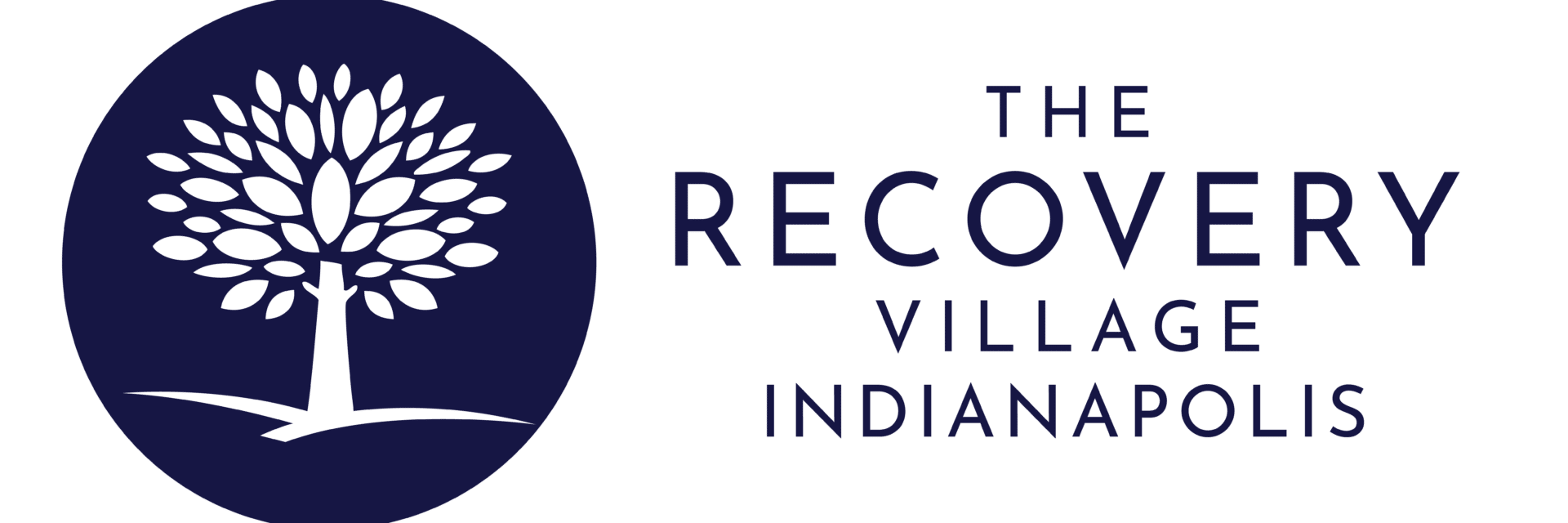Key Takeaways
- Heroin is a highly addictive opioid with serious health risks, including the potential for overdose and exposure to diseases like hepatitis and HIV/AIDS.
- Addiction to heroin alters a user’s brain chemistry, especially the brain’s reward system and dopamine levels.
- Heroin withdrawal symptoms start within 6 to 24 hours of the last dose, peaking at 48 to 72 hours.
- Physical symptoms of heroin withdrawal include nausea and muscle pain, while the psychological symptoms include things like anxiety and cravings.
- Medication-Assisted Treatment (MAT) using methadone, buprenorphine, and naltrexone is effective in managing withdrawal symptoms and reducing relapse risks.
- Behavioral therapies, such as cognitive-behavioral therapy (CBT), are essential in addressing the psychological aspects of heroin addiction and withdrawal.
- Community support programs also serve a vital role in helping heroin users cope with the withdrawal process.
- Comprehensive treatment plans that include MAT, behavioral therapies, and community support programs, are crucial for a successful recovery from heroin dependency.
An Overview of Heroin: Origins, Impact, and Addiction Potential
Heroin, an illegal opioid drug, is known for its high potential for addiction and serious impact on both individual and public health.
Originally derived from morphine, heroin’s history traces back to its first synthesis in 1874. Later, it was made commercially available by Bayer in the 1890s as a cough suppressant. Today, it takes the form of a white or brown powder, or as a black sticky substance known as “black tar heroin.” The latter’s dark color results from crude processing methods that leave impurities.
Heroin’s addictive properties are primarily due to its alteration of brain chemistry and the reward system, leading to euphoria. However, this comes with devastating consequences, including the risk of hepatitis, HIV/AIDS, and overdose deaths.
Unfortunately, heroin use has been on the rise, particularly among young adults, which has led to an increase in the number of individuals seeking treatment.
This Season, Give Yourself the Gift of a Fresh Start.
Whether you are struggling with addiction, mental health or both, our expert team is here to guide you every step of the way. Don’t wait— reach out today to take the first step toward taking control of your life.
Heroin Addiction: What Does It Do to the Mind and Body?
Long-term heroin use leads to the deterioration of the brain’s white matter, impacting decision-making abilities, behavior control, and responses to stress. But it also disrupts the brain’s natural reward circuitry, affecting decision making, judgment, and memory.
This powerful grip on the brain’s reward system is a key factor in heroin’s addictive potential.
When consumed, heroin triggers an excessive release of dopamine, leading to intense feelings of pleasure. Over time, the brain adjusts to these surges by producing fewer neurotransmitters or reducing the number of receptors that can receive signals.
This not only leads to dependence but also tolerance, as individuals require more of the drug to achieve the same effects, thereby perpetuating the cycle of addiction.
But the effects of heroin addiction aren’t only psychological; it also causes physical dependence, as the body becomes accustomed to the presence of the drug.
When heroin addicts stop using, they generally experience withdrawal symptoms, which are often severe.
Heroin Withdrawal Symptoms: What to Expect
Withdrawal from heroin can cause a range of symptoms that usually start within 6 to 24 hours of the last dose. The severity and duration of these symptoms are influenced by factors such as the duration of use, frequency, dosage, and individual physiology.
Psychological symptoms or heroin withdrawal include things like:
- Anxiety
- Depression
- Intense drug cravings
- Agitation
- Restlessness
- Mood swings
- Irritability
- Hallucinations
- Delusions
Meanwhile, common physical symptoms of heroin withdrawal include:
- Nausea
- Vomiting
- Diarrhea
- Fever
- Sweating
- Muscle pain
- Sleep disturbances
It’s important to note that while heroin withdrawal is not typically life-threatening, complications such as dehydration from vomiting and diarrhea can pose serious health risks. Therefore, individuals are advised to seek professional medical assistance during withdrawal to ensure safety and increase the likelihood of a successful recovery.
The Heroin Withdrawal Timeline: What to Expect
Heroin withdrawal typically begins within 6 to 24 hours after the last dose.
The intensity and duration of withdrawal symptoms can vary significantly based on factors such as the duration of heroin use, the amount used, and individual physiological differences. Nevertheless, most individuals experiencing heroin withdrawal can expect:
- Early withdrawal symptoms, such as muscle aches, anxiety, and insomnia, usually start within 4 to 6 hours.
- Peak symptoms, including nausea, vomiting, diarrhea, and severe cravings, generally occur within 1 to 3 days.
- The acute phase of withdrawal usually subsides within a week, but some symptoms may persist for longer periods.
- Protracted or post-acute withdrawal symptoms (PAWS) such as depression, anxiety, and ongoing cravings can continue for weeks or even months.
Understanding the heroin withdrawal timeline is crucial for those seeking to overcome addiction, as it prepares them for the stages of detox and recovery. While the process is demanding, with the right treatment and support, individuals can navigate through withdrawal and move towards a heroin-free life.
Managing Heroin Withdrawal: Effective Treatment Strategies
Effective treatment strategies are crucial for individuals seeking to overcome heroin dependency. Most of the best treatment strategies fall into one of three categories: Medically-assisted treatment (MAT), behavioral therapy, and community support.
Medically-Assisted Treatment for Heroin Withdrawal
Medically-assisted treatment is considered a cornerstone in managing withdrawal symptoms. Some of the medications most commonly prescribed for treating heroin withdrawal include:
- Methadone: A synthetic opioid agonist, methadone alleviates withdrawal symptoms and cravings without inducing euphoria.
- Buprenorphine: Buprenorphine is a partial opioid agonist that binds to opioid receptors with less activation than full agonists, thereby reducing cravings and withdrawal symptoms while maintaining a lower risk of misuse.
- Naltrexone: Naltrexone blocks opioid receptors and is useful in preventing relapse after detoxification.
- Lofexidine Hydrochloride: Recently approved by the FDA, lofexidine hydrochloride (brand name Lucemyra) is a non-opioid that’s helpful for managing withdrawal symptoms.
Additionally, some medications may be used during heroin withdrawal to alleviate specific symptoms. This includes clonidine for anxiety and loperamide for diarrhea.
Behavioral Therapies for Heroin Withdrawal
Behavioral therapies also play a significant role in the treatment of heroin withdrawal. Three of the most common approaches include cognitive-behavioral therapy (CBT), contingency management therapy, and motivational interviewing.
- Cognitive-Behavioral Therapy (CBT): CBT focuses on changing harmful thought patterns and behaviors associated with drug use.
- Contingency Management Therapy: Contingency management therapy is a behavioral therapy approach that utilizes principles of operant conditioning to promote positive behavior change.
- Motivational Interviewing: Motivational interviewing enhances an individual’s motivation to change.
For patients with co-occurring disorders such as anxiety or depression, integrated treatment plans that simultaneously manage these conditions are crucial for effective recovery.
Community Support for Heroin Withdrawal
Community support also plays a vital role in the therapeutic approach to heroin withdrawal, offering social reinforcement and aiding in the development of coping strategies. Some of the most commonly used community support strategies include:
- Support Groups: Peer support groups allow individuals struggling with heroin addiction to share experiences, receive encouragement, and learn coping strategies from others who have similar challenges.
- Sober Living Homes: These residences provide a structured living arrangement with rules that promote sobriety and accountability.
- Community Counseling Services: Local counseling centers or clinics may offer individual and group therapy sessions specifically tailored for individuals recovering from heroin addiction.
- Peer Mentoring Programs: Peer mentors can provide empathy, encouragement, and practical advice based on their own experiences.
Get Help for Heroin Addiction Now
For those seeking heroin addiction treatment, The Recovery Village Indianapolis Drug and Alcohol Rehab stands as a beacon of hope. Located within the heart of Indy, we offer a comprehensive array of treatment options, including medical detox, inpatient care, partial hospitalization, and intensive outpatient services.
When you or a loved one are ready to embark on the path to recovery, our Recovery Advocates are here, ready to assist. Reach out to learn more about our tailored treatment programs, designed to cater to your specific needs and situation.


